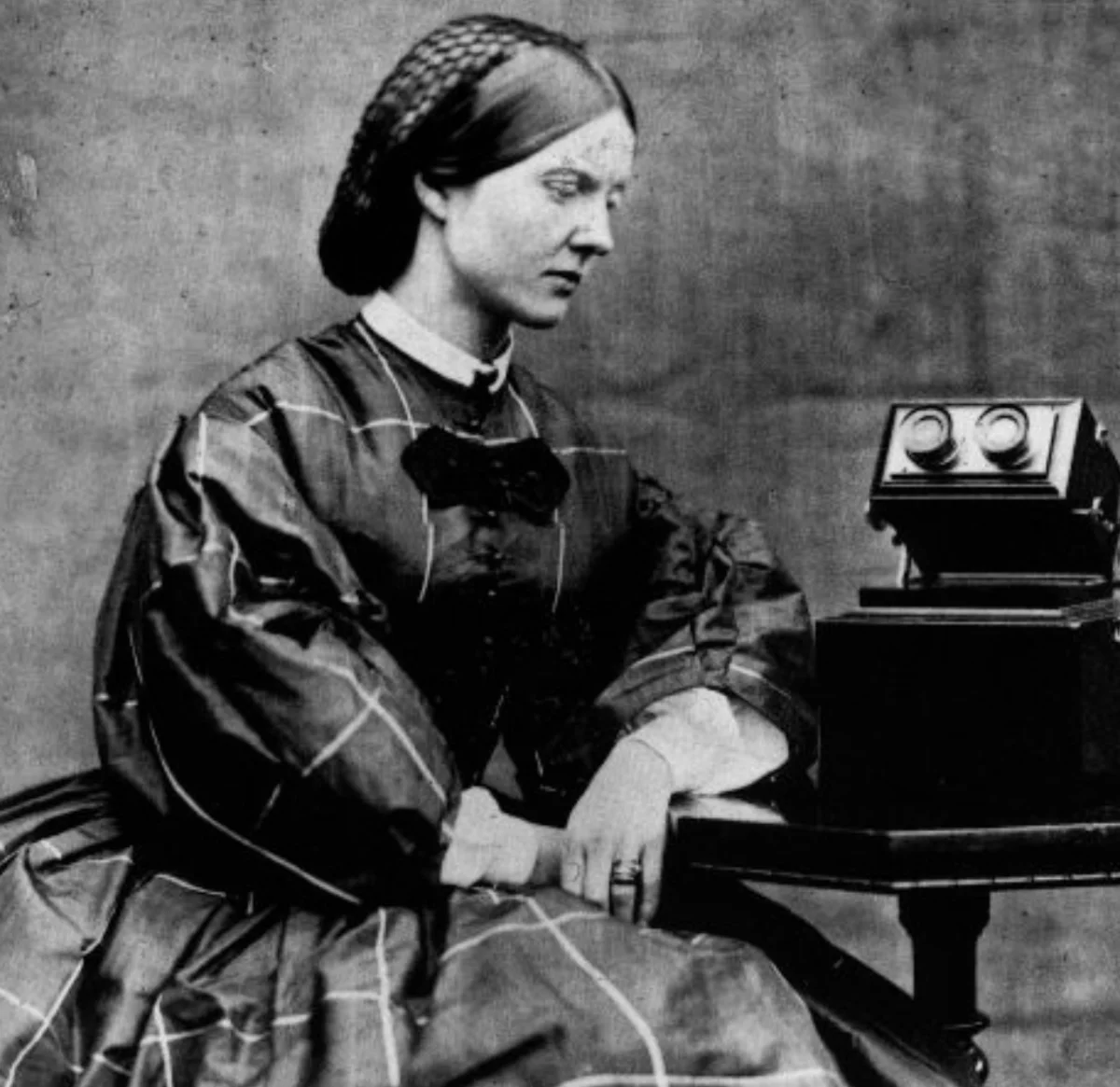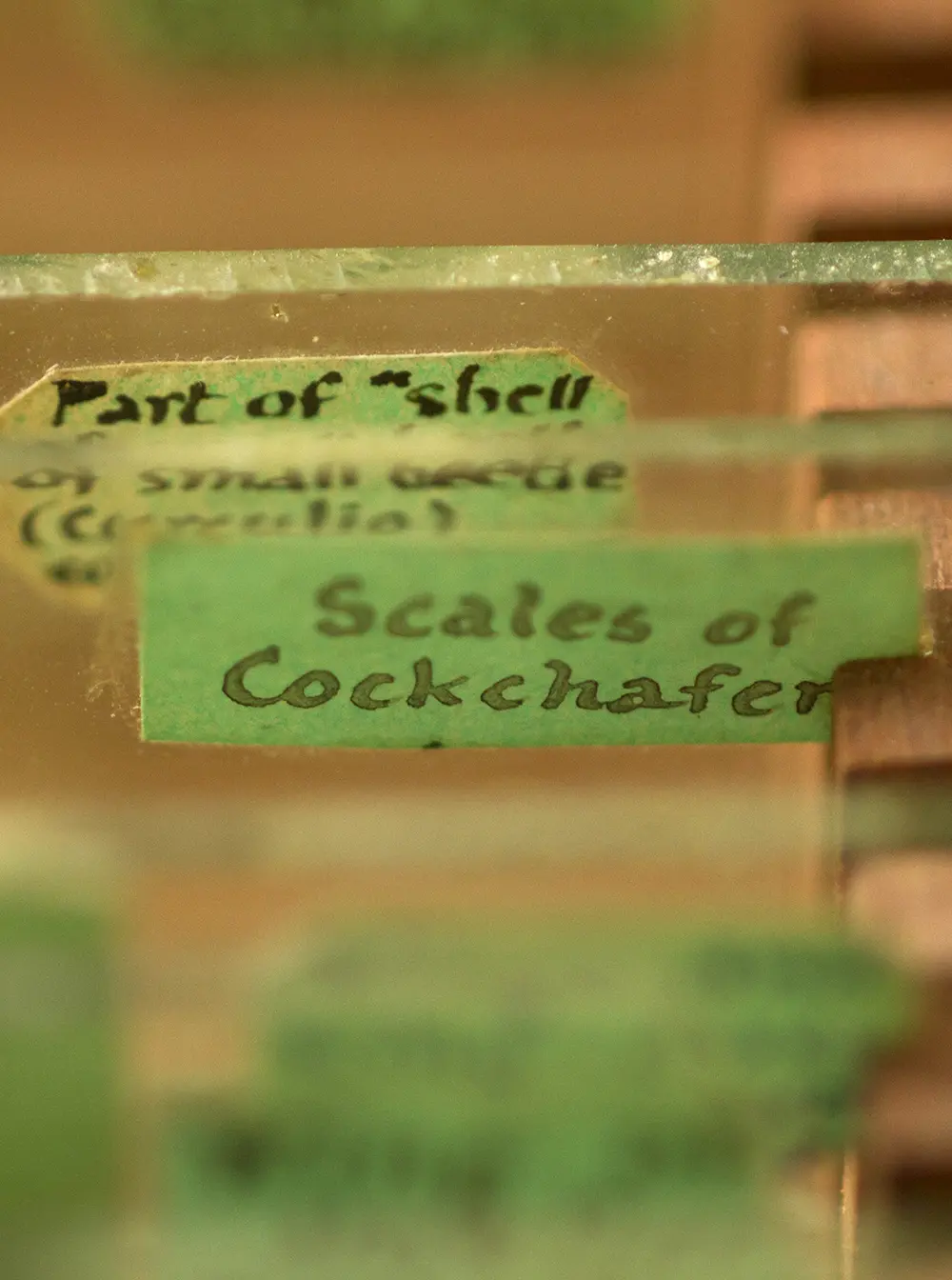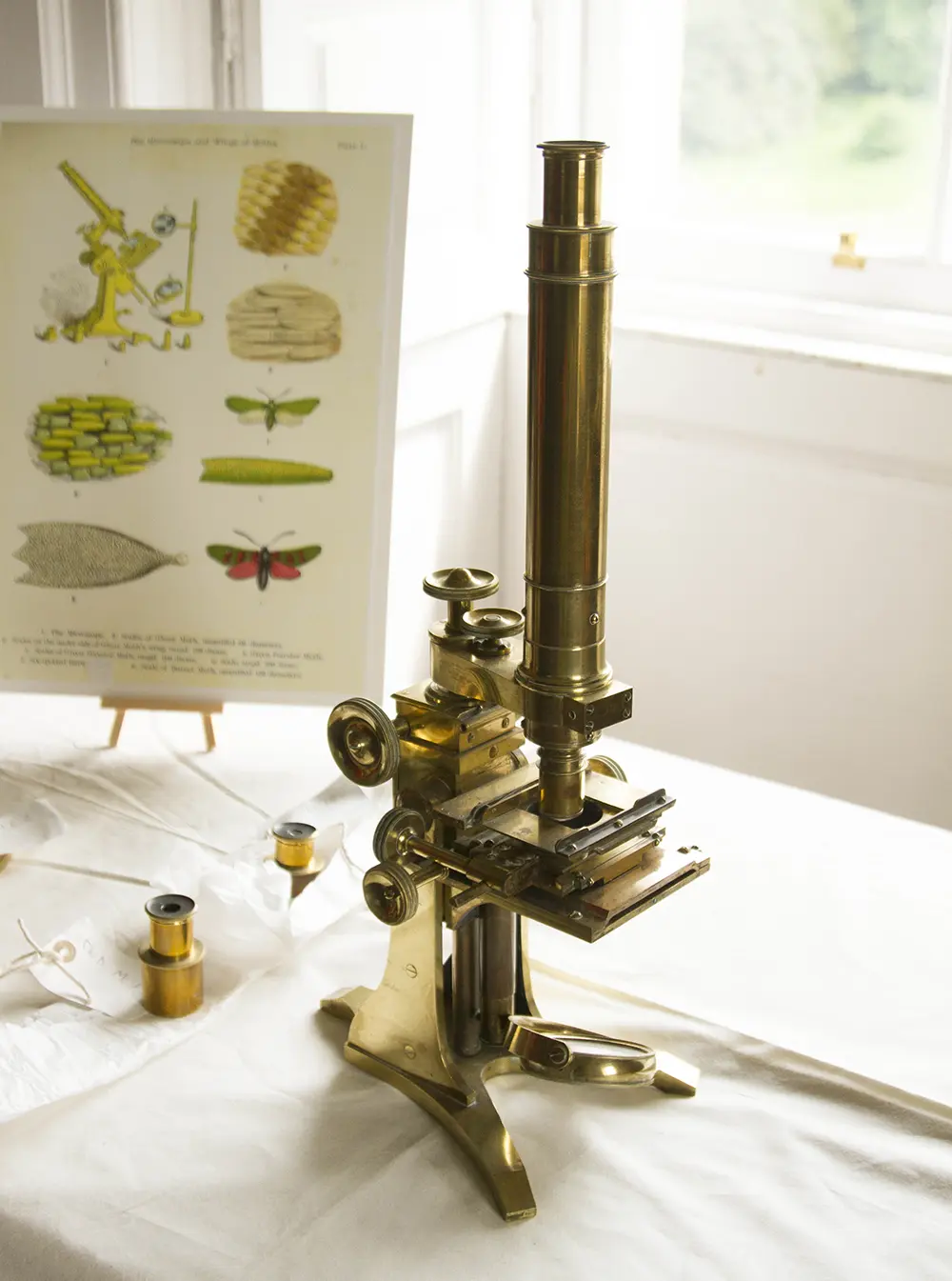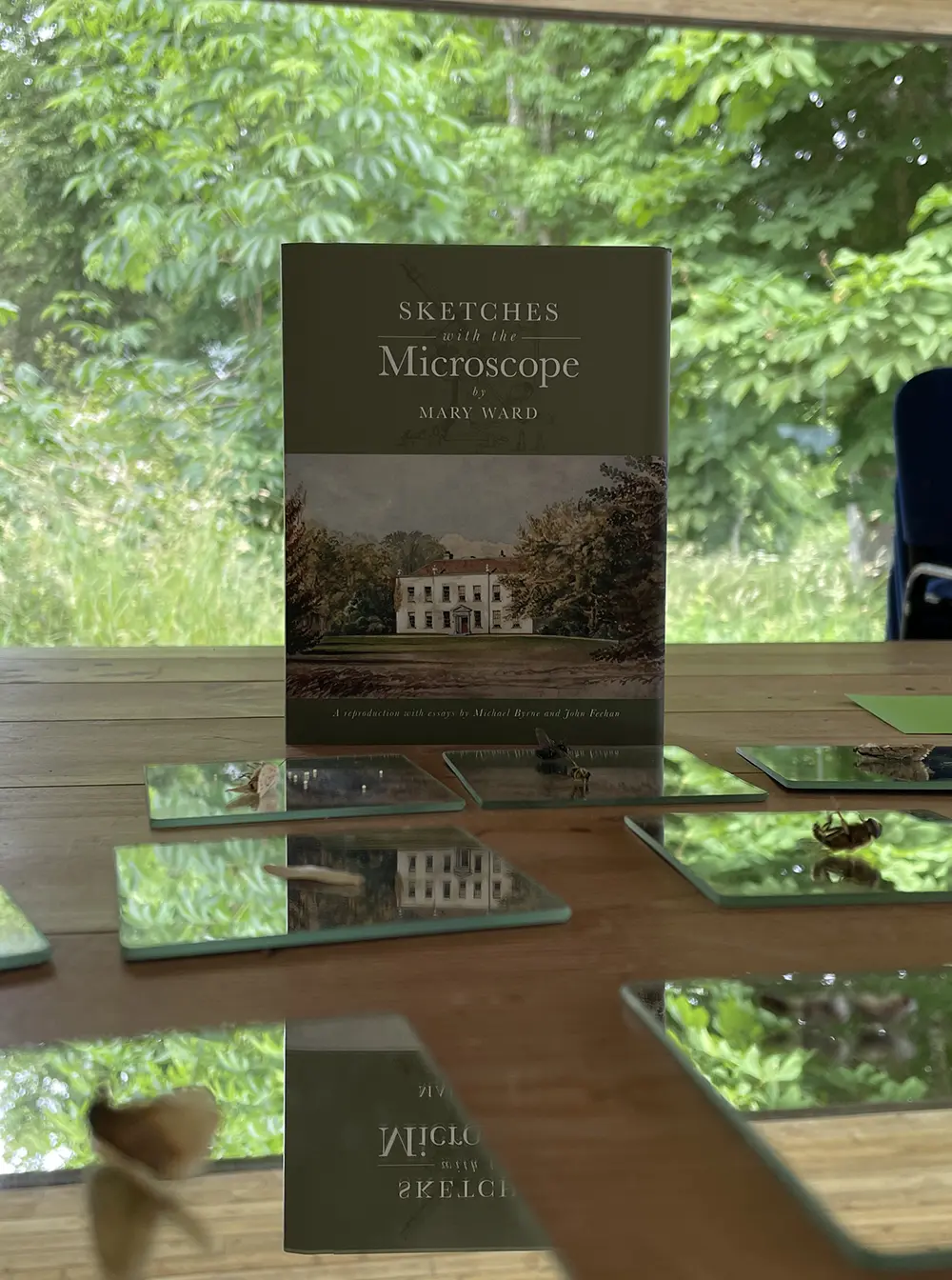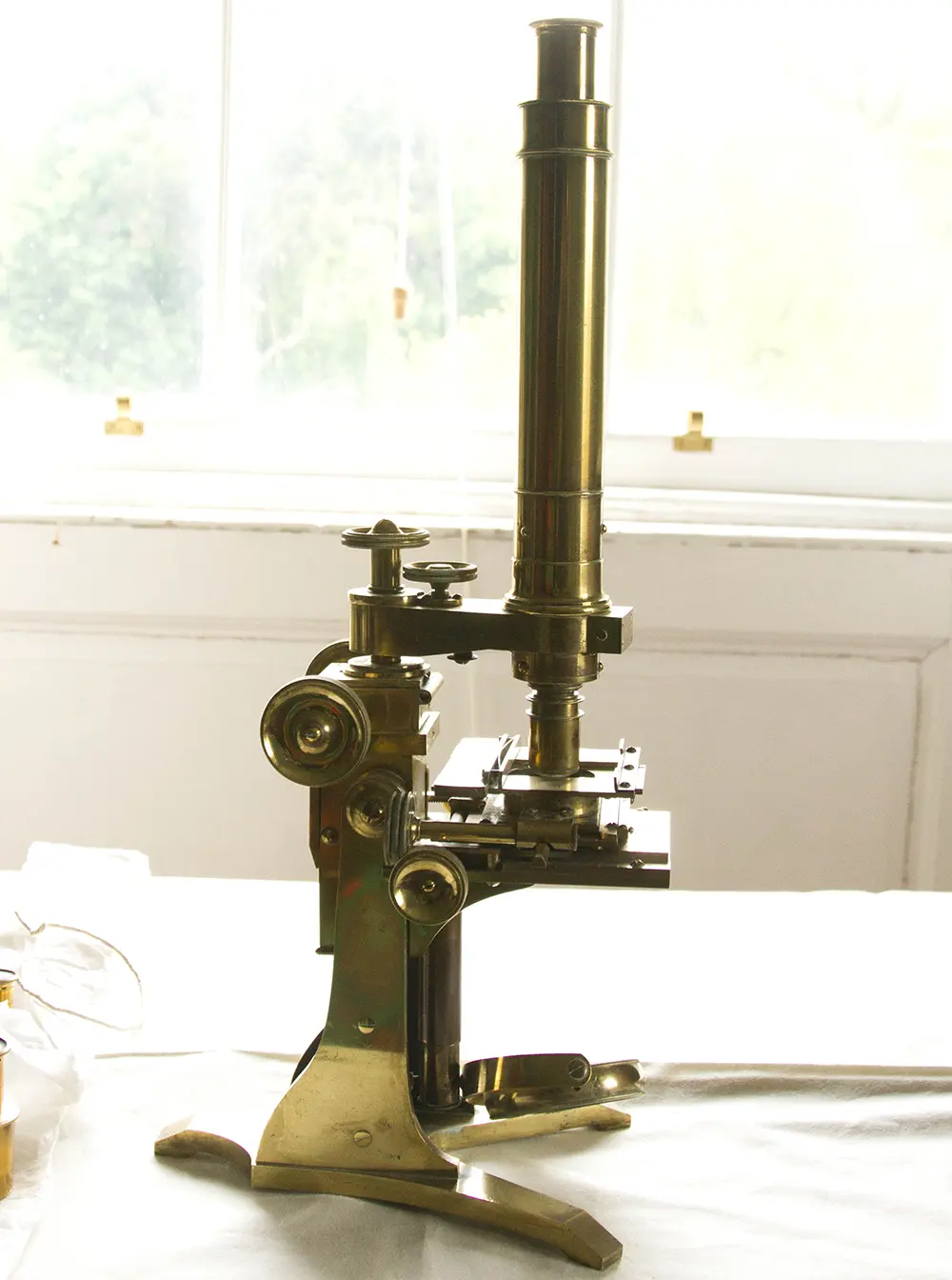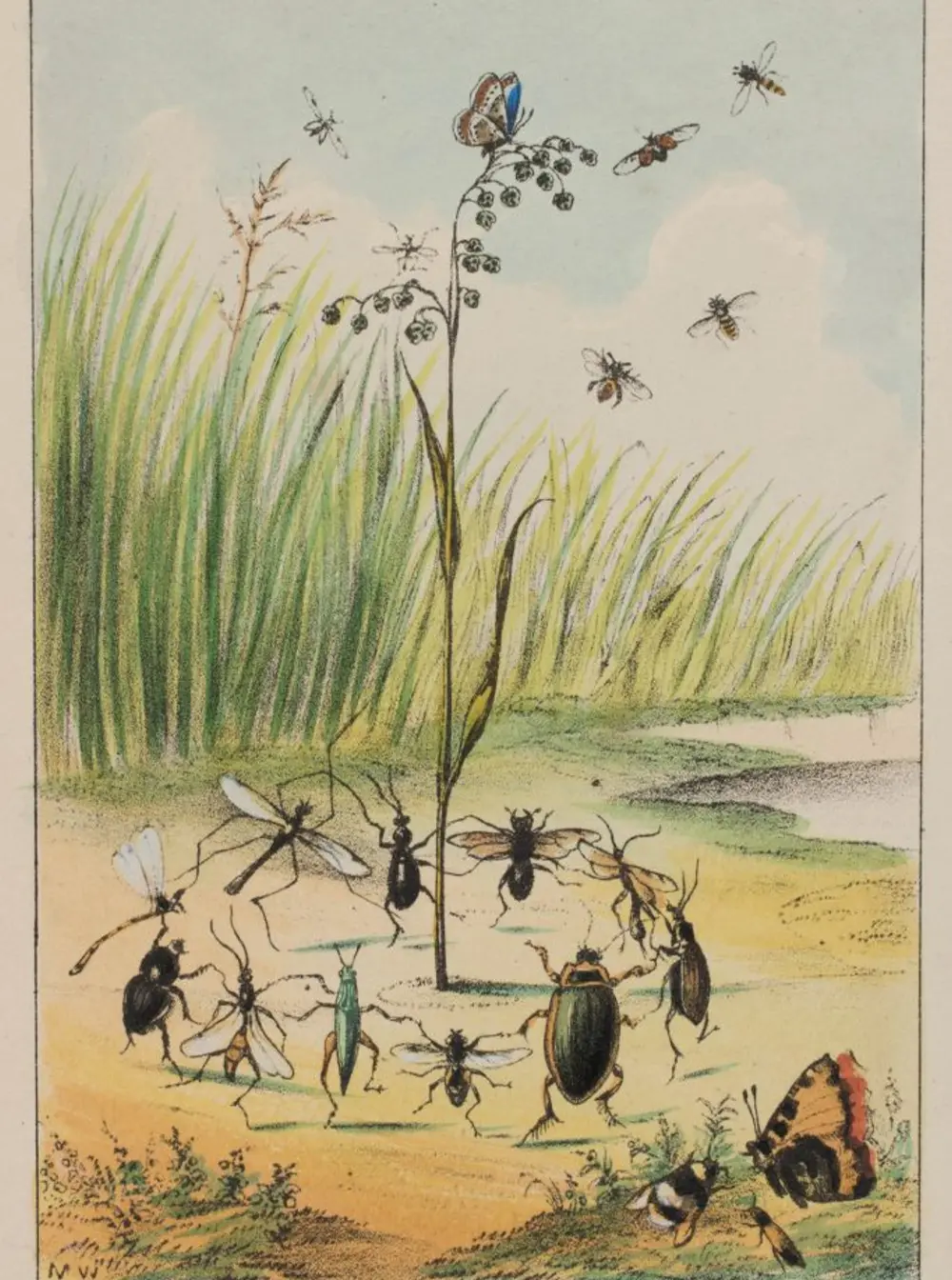Mary Rosse and Mary Ward's Story from Birr Castle
The women of Birr Castle have contributed to its science success on many levels with two key contributors found in Mary Rosse, the 3rd Countess of Rosse and Mary Ward the first cousin of the 3rd Earl of Rosse.
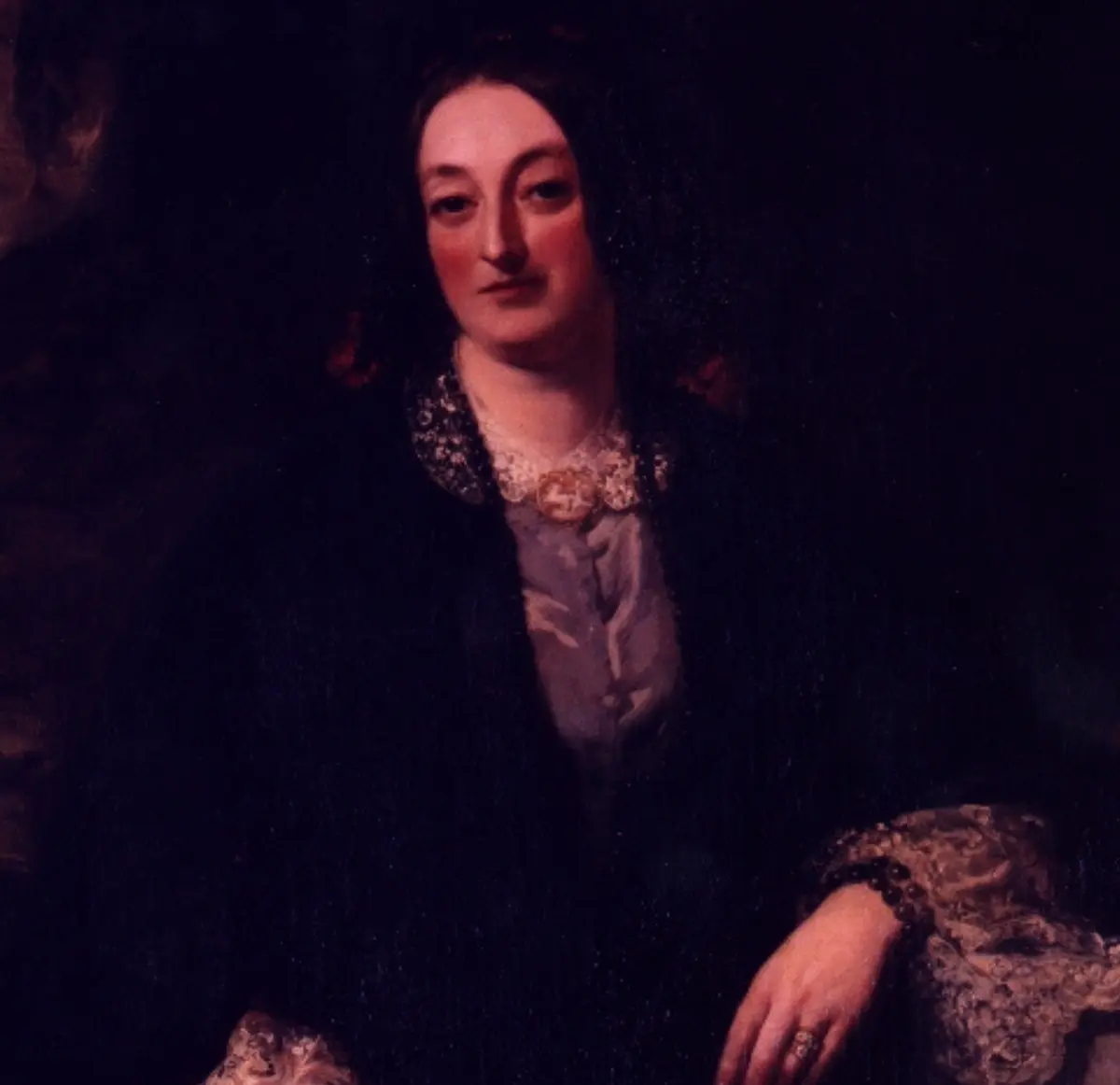
Mary Rosse
Mary, the wife of the 3rd Earl, was born in 1813 at Heaton Hall, near Bradford in Yorkshire, daughter and co-heiress with her sister, of a wealthy landowner. Her father, having no sons, brought up the girls with an excellent education, which included mathematics and scientific subjects. Mary and William married in 1836. William, was already greatly interested in astronomy, and had ambitious plans to build the biggest telescope in the world. Mary’s money would allow him to do this. She too was interested in the sciences and was well suited to William and understood his plans.
The marriage was a happy one. Their eldest child was a daughter, Alice, and then came Laurence, their heir, later to be the 4th Earl, and by 1848 they had three more boys, William and John and Randal. Sadly Alice their only daughter died of rheumatic fever aged eight. After Randal came two more boys, Clere and eventually Charles the youngest who was to be the great engineer. But in 1855 her second son William died aged just 11, and little more than a year later John, her third son, now too aged 11, also died.
The deaths of children were a constant spectre in the lives of the Victorian households as so many children did not survive childhood illnesses. Between these children were other births, although these babies did not live more than a few days. Altogether of her eleven children only the four boys, Laurence, Randal and the two youngest Clere and Charles lived to grow up.
Mary Ward
Mary Ward, born as Mary King came from Gloster House near Birr. Mary’s mother married the Revd. Henry King of Ballylin House near Ferbane. She was a frequent visitor to Birr and great friend of Mary, the 3rd Countess of Rosse.
She loved nature as a child and became interested in small insects and butterflies. In her teens she was given a microscope, which became her life’s interest and she used it to study plants, insects and much of nature.
As well as her interest and skill in microscopy, she was an excellent painter and draughtsman and her illustrations were used in scientific publications. She also wrote books for children, especially on the use of the microscope. She was interested in educating the younger generation and enjoyed teaching. Her educational books also included one on the telescope.
She married the Hon. Henry Ward from Castle Ward in the North of Ireland, and they had eight children.
Sadly, Mary is often remembered for her death in 1869. At the age of 42, she returned again to Birr for the memorial service of the 3rd Earl of Rosse who had recently died. Riding in a steam carriage built by her young cousin Charles Parsons she fell to her death from the front of the car. It is said to be Ireland’s first road accident.
